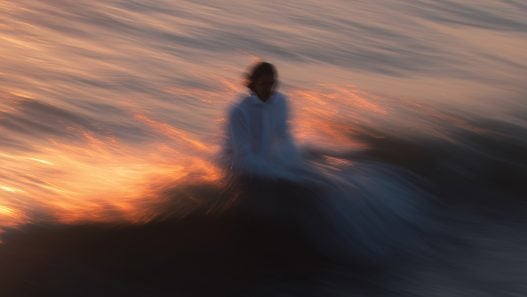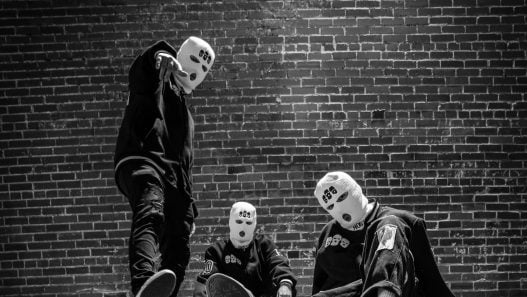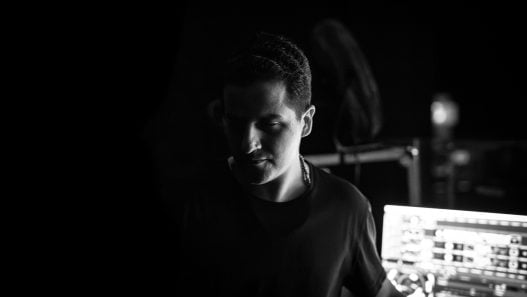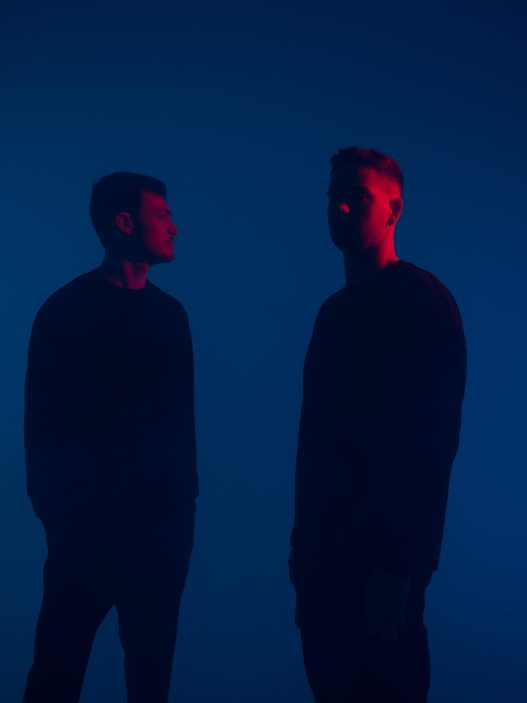Tomorrowland broke records yet again, this time on TikTok with over 74 million viewers on their livestream at the festival which took place in July, in Belgium.
Although this is a massive number and a seemingly prolific achievement for Tomorrowland and TikTok, what exactly does this mean for the artists involved and do they receive any revenue from these views?
Well, TikTok doesn’t actually compensate artists for views, which means it doesn’t have a traditional pay-per-view model such as YouTube. So, even though there were a whopping 74 million views on the Tomorrowland TikTok livestream, the artists themselves don’t get directly compensated for these views.
According to an article on TikTok’s Newsroom, the artists which partnered with TikTok at Tomorrowland via the Main stage Live stream or content studio, cumulatively garnered another 3 million TikTok followers, and 580 million video views across their Tomorrowland content. The article states that the most watched artists on TikTok Live across the two weekends were Charlotte de Witte, who made history by opening and closing the main stage on the same day. Martin Garrix was second in line, as he played closing sets on the main stage both weekends. Third, was Alan Walker who showcased his new track ‘Heartbreak Melody’ from the songwriter camp which took place before the festival. The track garnered over 4 million streams in just two weeks, and generates royalties from streaming platforms like Spotify and Apple Music.
However, direct revenue from TikTok is almost non-existent, with industry insiders pointing out that payouts are on average just $8 for every 1 million views according to a 2022 Billboard Pro article. In a more recent article on Upbeat Blog, published on 29 July 2025, the article shared that artists can typically get paid anywhere between $362 – $1,035 for 1 million views, depending on the video’s performance and audience.
In comparison, platforms like YouTube pay creators around $500 – $2000 for every 1 million views. This means that the artists’ live stream content could only generate around a couple thousand dollars directly from TikTok.
However, the caveat is that Martin Garrix, Charlotte de Witte and Alan Walker are already established, world-renowned artists, who technically don’t need more TikTok followers, fan engagement or streams. So, what does this mean for artists who are still up and coming or not as established? Unfortunately, a lot of these artists feel the pressure to make music and content that will perform well on TikTok, as the platform highlights the illusion of success through its constant viral craze. In this case however, exposure does not mean compensation, let alone fair compensation. Many artists find themselves on this hamster wheel of trying to make content that will go viral, but do not realize the damage or reality of chasing clout.
Platforms like TikTok should be used as a tool, not a sole career path or a one way shot to fame and glory. However, it is also the responsibility of TikTok to be a lot more transparent about how artists are compensated.






















